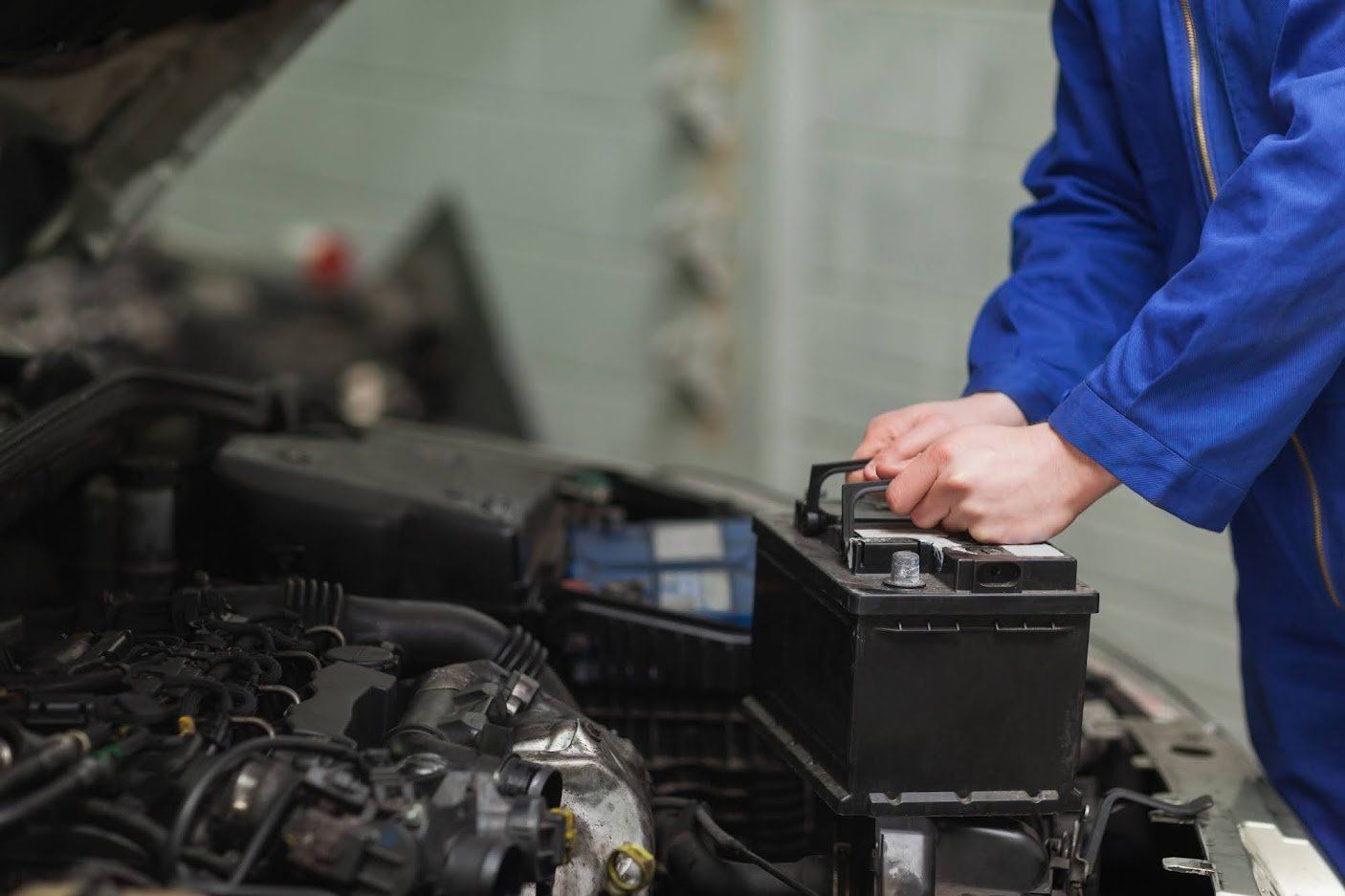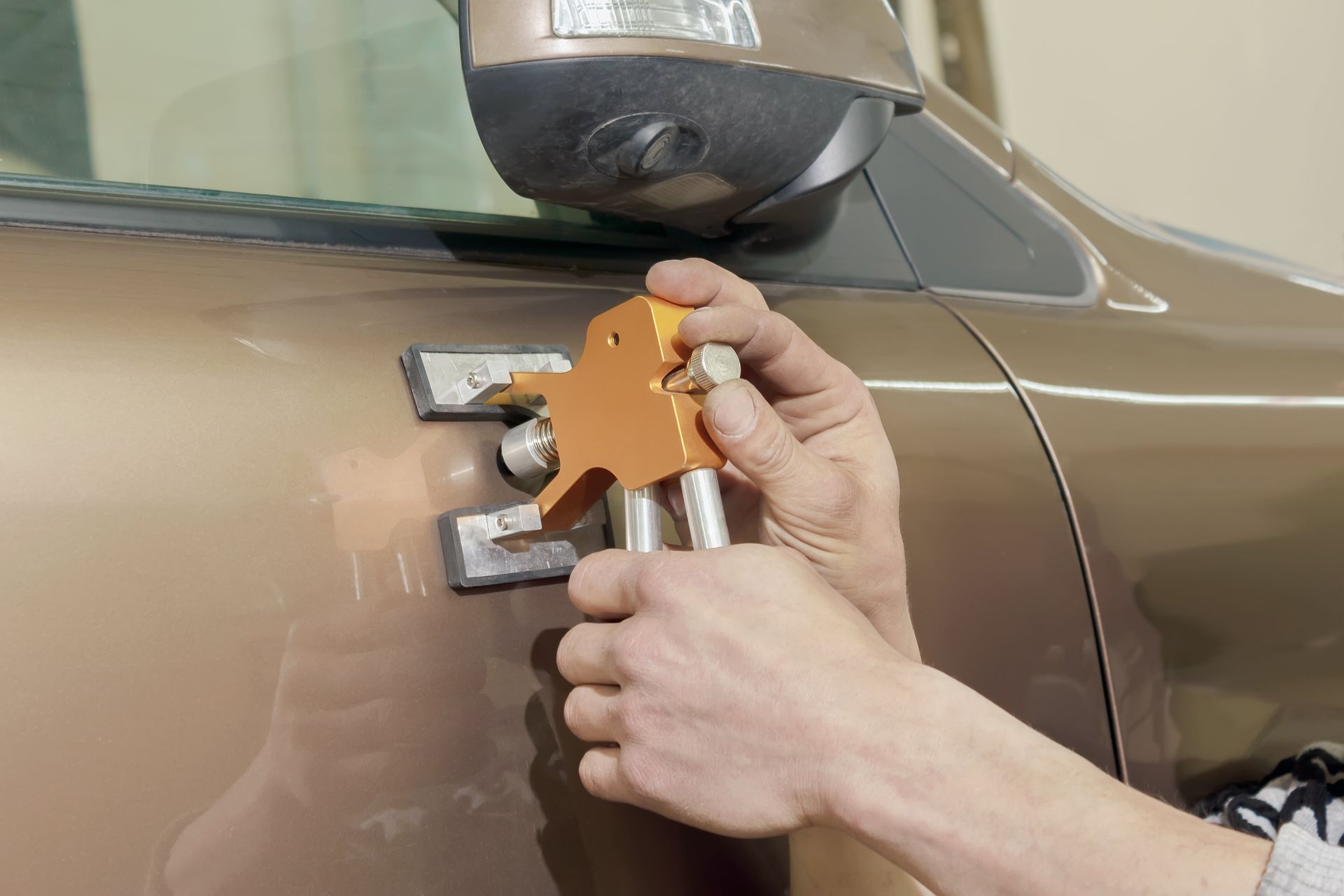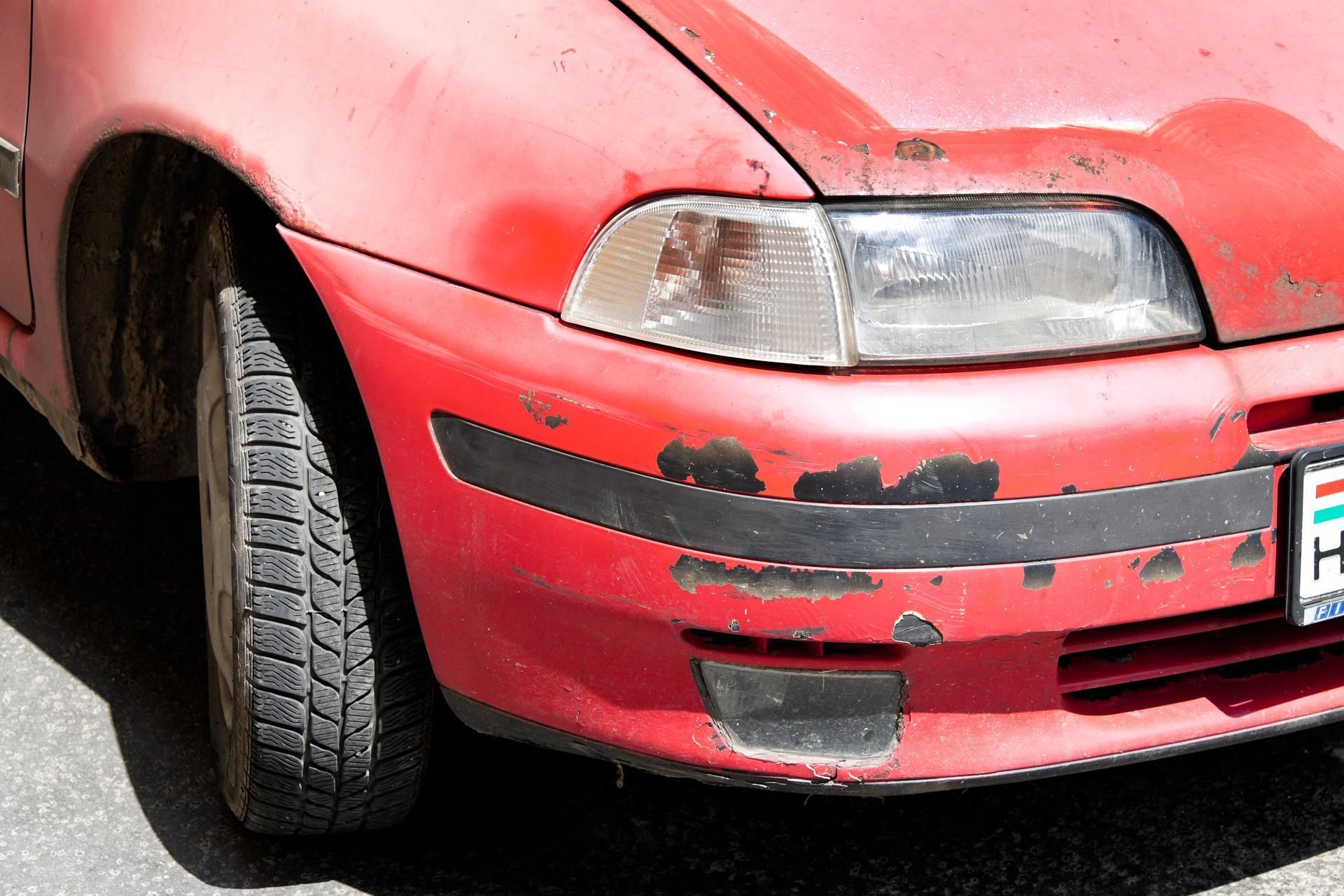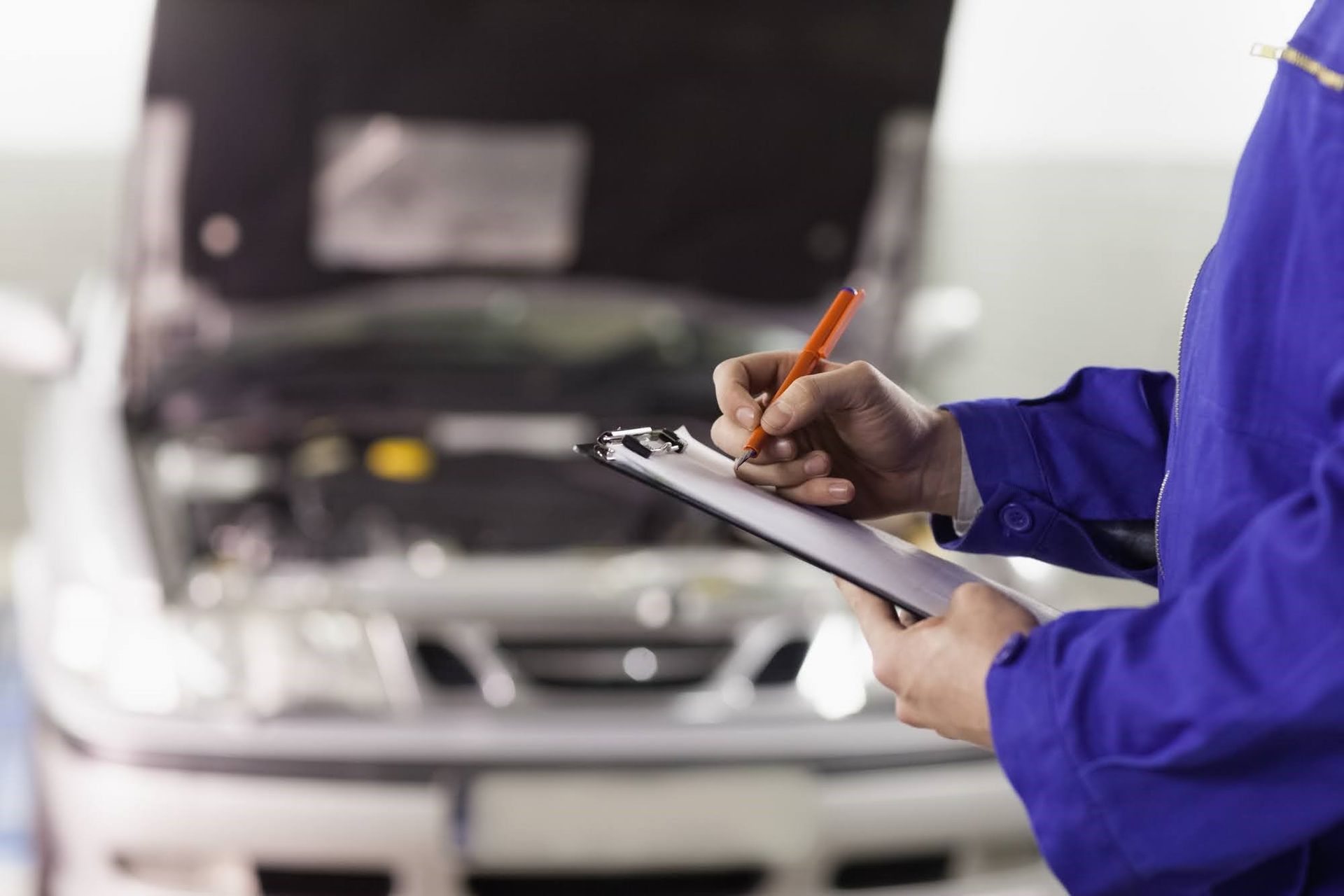Your Car's Electrical System: Essential Components and Common Problems

The car's electrical system includes an alternator, starter, and battery. The three components work together to provide energy to the vehicle's electrical features, like lights and radio. When one of these parts stops functioning properly, your car may fail to start or move.
Learn what you need to know about your car's electrical components and common issues with the electrical system.
Battery
The lead-acid battery has been in use for a long time. The battery provides power to the car radio, starter motor, and components in between.
Car batteries work by converting chemical energy into electrical energy. The conversion happens via cells that will store the energy until required.
Newer electric vehicles often use lithium-ion batteries instead of lead-acid batteries. Batteries also vary in vehicle types, such as starting batteries for commercial fleets and deep-cycle batteries for golf carts. You can also choose a dry-cell battery or a wet-cell battery for your lead-acid car battery.
Starter
Your car's engine will crank if you turn the key in the ignition. While this might seem simple, the engine can only crank if air flows into it. The air flows into the engine via the suction process and causes the fuel to burn.
For the process to be successful, the starter motor must rotate the engine after ignition.
The first step is to activate the ignition switch and energize the starter. The ignition activates an electromagnet to push a rod, which, in turn, activates the flywheel.
Once the flywheel starts to move, the starter will also turn. Simultaneously, electricity passes through a spark plug wire and ignites the fuel.
Alternator
Although your battery starts the car, the alternator is responsible for maintaining the power. The alternator will provide energy to most electronic devices inside your car when the vehicle moves or idles. For example, the alternator will power the radio, heated seats, windshield wipers, electric steering, and headlights. The vehicle's alternator will also charge the battery during driving.
Alternators generate electricity by converting mechanical energy to electrical power. While the generated electricity is in an alternating current format, the alternator has a rectifier that changes the power into a direct current.
Most alternators will remain functional for the vehicle's entire lifespan, but that is not always the case. Sometimes, exposure to water, heat, as well as excessive use can destroy the wires inside the alternator.
Common Car Electric System Problems
Most modern cars depend greatly on electrical systems than ever before. The car's electrical system can experience damage and other problems. Common electrical issues in vehicles include:
- Dead battery. A common electrical problem in a vehicle is a dead battery. When the battery doesn't work, you won't be able to start the engine, but the lights and other accessories can still work.
- Fatigued starter. The engine can also fail to turn on when the solenoid or starter becomes dysfunctional. A fatigued starter produces loud clicks.
- Failed spark plugs. Spark plugs can become dirty or loose and fail to work. The main signs of failed spark plugs are rough idling and plug trouble.
- Dysfunctional lights. The interior or exterior lights of your vehicle can become dim or flicker.
- Battery corrosion. When the battery corrodes, the engine will fail to crank or start properly.
- Non-charging battery. Sometimes, the battery may stop holding a charge altogether. In this case, battery replacement may be the best solution.
These are serious signs that can prevent your vehicle from starting or running properly. Usually, early intervention will prevent the problem from spiraling out of control.
When you notice problems with your car's electrical system, take the vehicle to Coats Auto Body & Paint. We will calibrate the electric system and identify any problems. Contact us for a free estimate.
Browse Our Website
Contact Information
Hours of Operation
- Mon - Fri
- -
- Sat - Sun
- Closed















